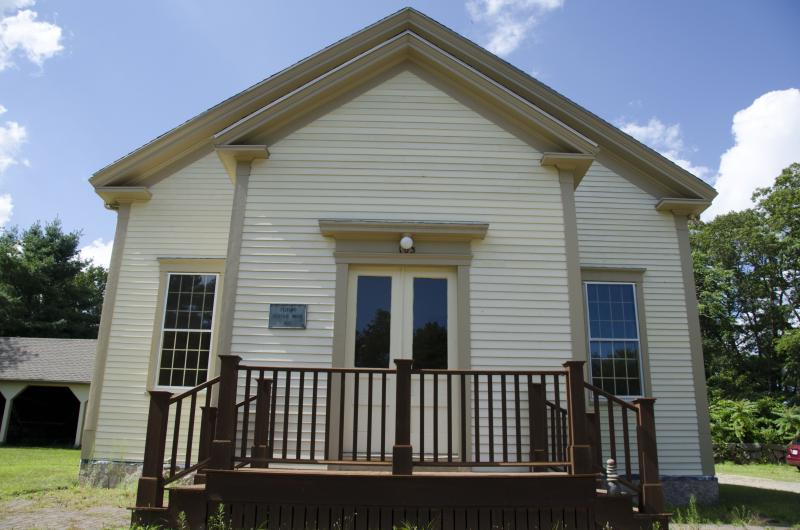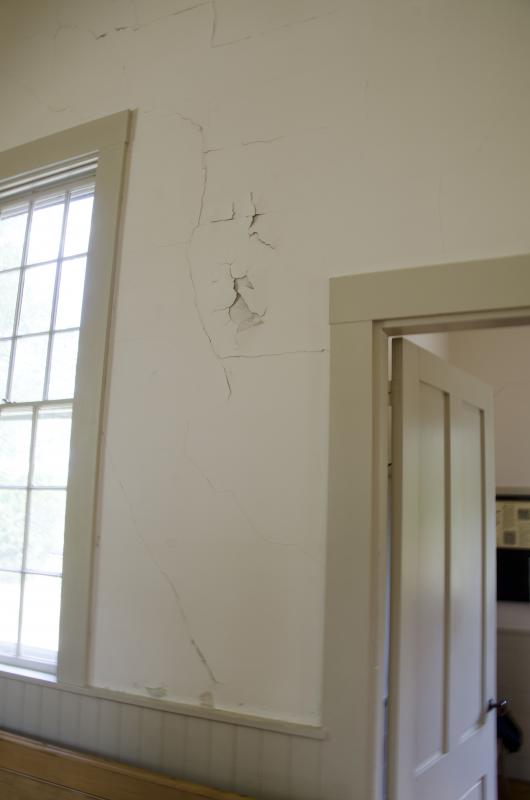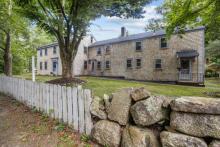Quaker church renovations to begin soon
The Quaker church in Mattapoisett is getting some much-needed TLC as renovations begin inside the meeting house.
“The building itself is, I think, important to the community because it’s historic,” said Alan Harris, a member of the church.
In 2014, the Mattapoisett Friends discovered that the 1827 meeting house was in desperate need of repair with mold in some places, the plaster crumbling and the floorboards barely supported. Costs were estimated at a steep $245,000, a considerable amount for a church with less than 20 people.
The Friends set about to raise the funds resulting in $24,000 through yard sales, $80,000 through Community Preservation funds, a $12,000 grant from the Quaker denomination and the rest through the membership.
The church planned to make the repairs in phases, but upon closer inspection, architect Joseph Booth of JMBA+Architects and contractor Tom Figueiredo determined it would all need to be done at once.
Historic preservation is a specialty of Booth’s company, and he said the Seamen’s Bethel in New Bedford is getting similar work done.
The project will begin with numbering the floorboards, so they can eventually be put back in their original spot.
Booth, a Mattapoisett resident, said the state of the floors is concerning.
“The biggest challenge is keeping people from walking on the floor because it’s ready to collapse,” he said.
The building does have good bones, but moisture from the crawl space and age have weakened the floor. Once the boards are removed, the construction team will dig a larger basement and fortify it with vapor barriers to remove the possibility of further rot and to make room for a new heating system.
The horsehair plaster on the walls will also be removed, hopefully not revealing any other issues, though Harris said the north wall could be dicey.
Additionally, Booth said the building seems to be moving too much, contributing to the cracking plaster.
“The original bracing can’t withstand the wind forces,” Booth explained.
In the process of the renovations, they will get down to the root of that problem as well, and tackle any other issues that may be revealed in the process.
“We make no assumptions,” Booth said. “We open things up and do our forensic work by looking at the problem. The only way to tell is to uncover it and see what’s wrong.”
Though the repairs could sound grim, Booth said he doesn’t expect any surprises and that the building was well constructed.
“It’s a beautiful building,” he said. “The post and beam structure you can see from the attic is very well done. We certainly want to enhance that.”
When the project is over in about six months, it will look as it should, said Booth.
“No one will be the wiser as to what we did.”















